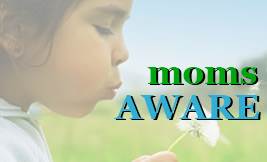Pets and Their Environment
To read the article in its entirety, click here.Douglas Mader, a veterinary specialist in Marathon, Fla., was performing routine dental procedures on two cats when he noticed frothy blood within endotracheal tubes used to supply anesthesia to the animals. The veterinarian immediately stopped the procedures, but both animals died - one the following day, the other about two weeks later.
"The circumstances of these cases are just not heard of," Mader said. "Anesthesia doesn't cause pulmonary hemorrhage [bleeding from the lungs.]" These were healthy, indoor cats. Examinations conducted prior to the dental cleanings showed no indications of illness. Blood collected prior to the cats' death was tested and demonstrated the presence of the toxin produced by Stachybotrys chartarum, also known as "toxic black mold." Exposure to the mold can cause respiratory-related health problems, pulmonary hemorrhage and death in people.
It had not previously been associated with disease in pets, Mader said.
The toxin from the black mold causes a weakening of the capillaries in the lungs. When the capillaries are stressed, they burst and bleed. The cats died from complications arising from the pulmonary hemorrhage.
The cats lived in a home that sustained water damage during a hurricane in October 2005, seven months prior to the development of pulmonary hemorrhage. After Mader discovered the presence of the toxins, he urged the cats' owners to check their home for mold. "Sure enough, they had very severe mold contamination in their walls," Mader said. Mader hopes the report will raise awareness that illnesses associated with mold can also affect pets, particularly those living in flood-prone areas. He also suggests pet owners share more information with their veterinarian.
"I think the most important thing is for clients to be aware of things in their environment that could potentially impact the health of animals," Mader said. "They need to let their veterinarian know."
The AVMA and its more than 75,000 member veterinarians are engaged in a wide variety of activities dedicated to advancing the science and art of animal, human and public health.

